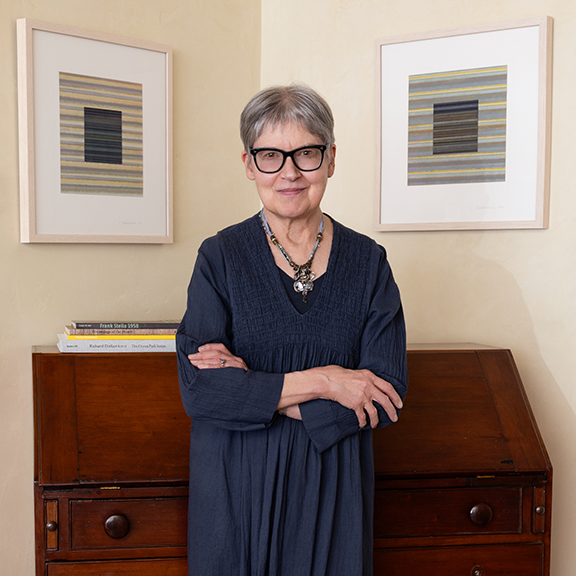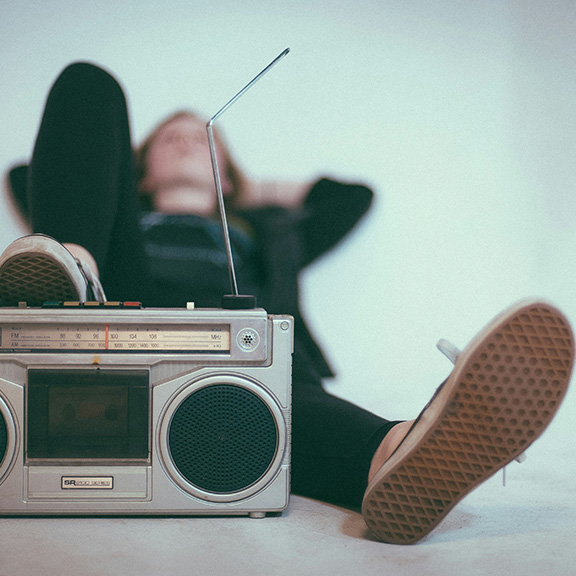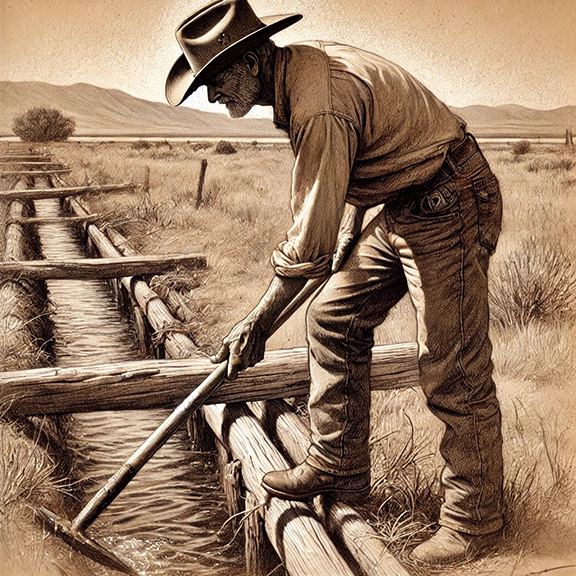The Tactile Rebellion
by AwA
This article originally appeared in the Winter 2024 issue of Art with Altitude.
Embroidery, with its painstaking process of stitching, threading and layering, stands in stark contrast to the perfection of artificially created art or even digital art. This ancient craft, often associated with domesticity and tradition, is being re-interpreted in contemporary art as a form of resistance to the fast-paced, technology-driven world. Embroidery is a ‘laying of hands’ on canvas, creating a work with weight and substances that is not easily replicable.
Works that incorporate embroidery, like Chloe Wilwerding’s The Forest for the Trees/The Trees for the Forest collection helps disrupt the speed of contemporary life, asking both the creator and the viewer to slow down and appreciate the physicality of the work. Chloe’s work overlays merit badges of embroidery on a photograph to bring about a 3-D experience and emphasize certain aspects of the image. “I was interested in how women and craft have been marginalized in fine art spaces and was inspired by art from the Bayeux Tapestry to Judy Chicago’s The Dinner Party. As I started researching embroidery for my work, I came across more and more uses of embroidery throughout material culture and found these references have continued to feed into my art practice. In my current work, I use embroidery to reference merit badges and how merit badges frame human experiences in nature.” By doing so she takes away the ability to glance quickly at the work. The viewer must become curious and engaged and begin to examine the smallest details of a flower, a rock or a mountain.
Traditionally associated with women’s domestic work, embroidery has long been dismissed as a ‘craft’ rather than an ‘art.’ However, in the hands of contemporary artists like Mateo Gutiérrez, embroidery has been reclaimed as a powerful medium for artistic expression. Mateo is a contemporary artist who makes “hand-embroidered artworks that bring into question the underlying violence endemic to American life both personally, politically and historically,” wrote Mateo. He has exhibited nationally in galleries in Los Angeles, New York and Texas.
Mateo creates an intimate connection to the overlooked and often discarded narratives of violence in American society. “I started using the embroidery thread to fill in the areas of human skin on a series of smaller images simply because it felt right. It was a process of discovery, not a predetermined and intellectual positioning. I made things and the making itself evolved into the final concept of embroidering only the parts of the painting that represent human flesh: hands, feet, faces, etc.”
Drawing inspiration from fleeting news stories, he chooses images that represent the traumatic undercurrent of cultural violence—stories that briefly make headlines but are soon forgotten, much like the individuals they portray. By meticulously hand-embroidering these moments, Mateo reclaims them from the fast-paced, disposable nature of the social media news cycle. His slow, intentional process demands that we confront these tragedies with a new depth, transforming the ephemeral into something permanent and deeply personal. Each stitch becomes a way to remember, resist, and honor those who have suffered.
By appropriating a craft often linked to the home, Mateo is challenging the boundaries between the traditionally feminine and the artistic avant-garde. “For me, embroidering is, in this sense, a very personal act of self-healing, of removing the predisposed ideas of masculinity that are forced upon men and in particular Latino men,” said Mateo. “I think the use of embroidery thread also came from the recesses of my childhood experiences. I have watched my mother sew my entire life, making our things and fixing people’s clothes, and was also around her work sewing, fixing, making and embroidering.”
While digital art offers pixel-perfect creations, embroidery celebrates imperfections. There is a level of unpredictability as the artist’s hand interacts with organic materials. Mistakes and inconsistencies become part of the artwork.
Through embroidery there is a return to imperfection as an esthetic. We are reminded that art is inherently human and the flaws in the process are what make the works unique. In a world obsessed with progress and technology, embroidery offers a reminder of the beauty of taking one’s time, of engaging with the material, and of leaving traces of the human hand in the work. This anti-technology of embroidery invites us to rethink our relationship with art, and of the stories we are told and the worlds we encounter on a day-to-day basis.
Elevate the Arts: Experience Chloe’s art at ChloeWilwerding.com and Mateo’s art at MateoGutierrez.net. Experiment with yarn and thread and weave it into a piece of art you are working on to see what happens. AwA




